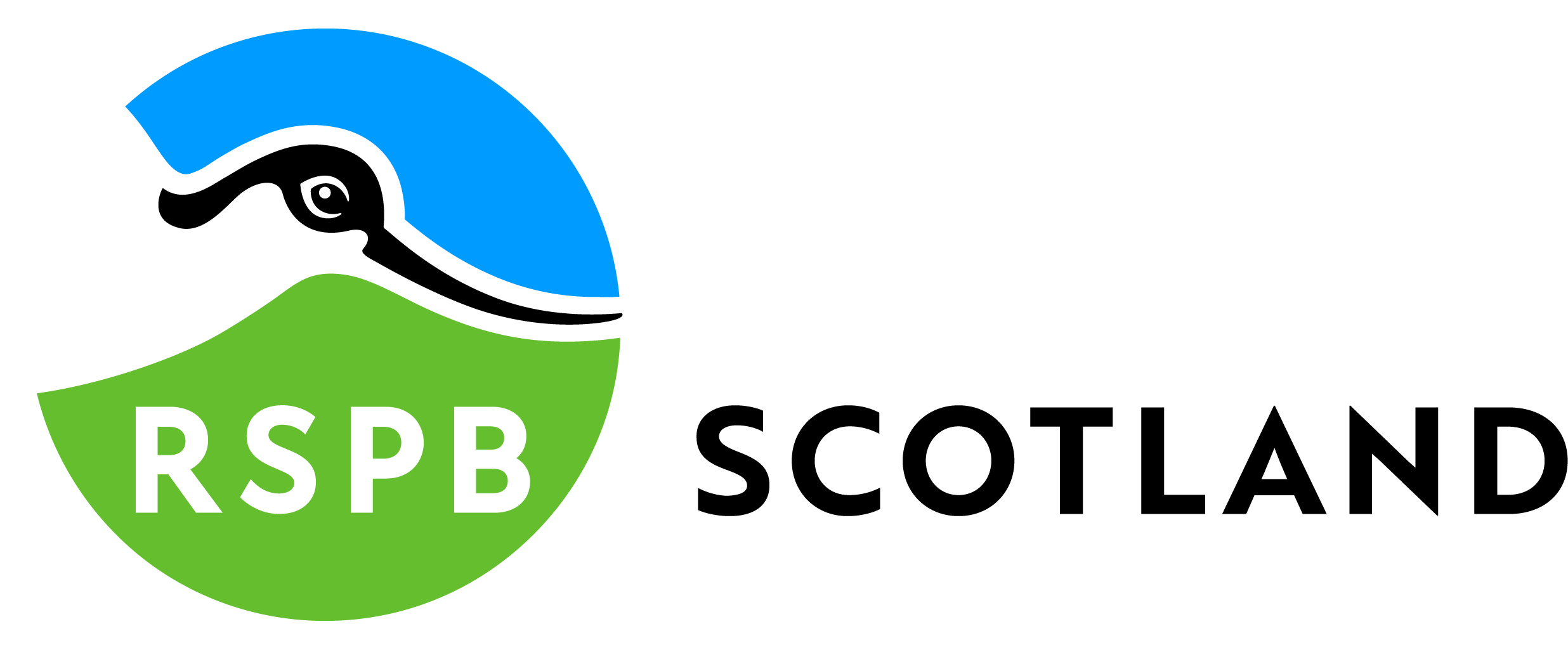The clamour of this delicate gull, so characteristic of many of Scotland’s seabird cliffs, gave the kittiwake its onomatopoeic name. Its nests, built of seaweed, mud and guano cling to impossibly small ledges on some of the steepest sections of the cliff face. At the time of the last seabird census, the largest colonies were on the east coast and Orkney. However, important colonies have seen dramatic declines and since the late 1980s, Scotland’s kittiwake populations have plummeted by a staggering 69% overall. They feed almost exclusively on small fish, with sandeels forming the bulk of their diet. Sandeel abundance has declined in Scotland due to warming sea temperature and commercial fishing, impacting kittiwake breeding success. Kittiwakes also face threats of collision and displacement from offshore wind development.
Action Needed
- Urgently reduce greenhouse gas emissions to combat climate change.
- End sandeel fishing in Scottish waters.
- Ensure important areas for sandeel and kittiwake are effectively managed in protected areas.
- Invest in research to minimise the impacts of offshore wind developments.
Threats
- Climate change
- Prey availability
- Unsustainable development at sea
MSP Nature Champion

Maurice Golden
Member for: North East Scotland
Region: North East Scotland
Party: Scottish Conservative & Unionist Party



